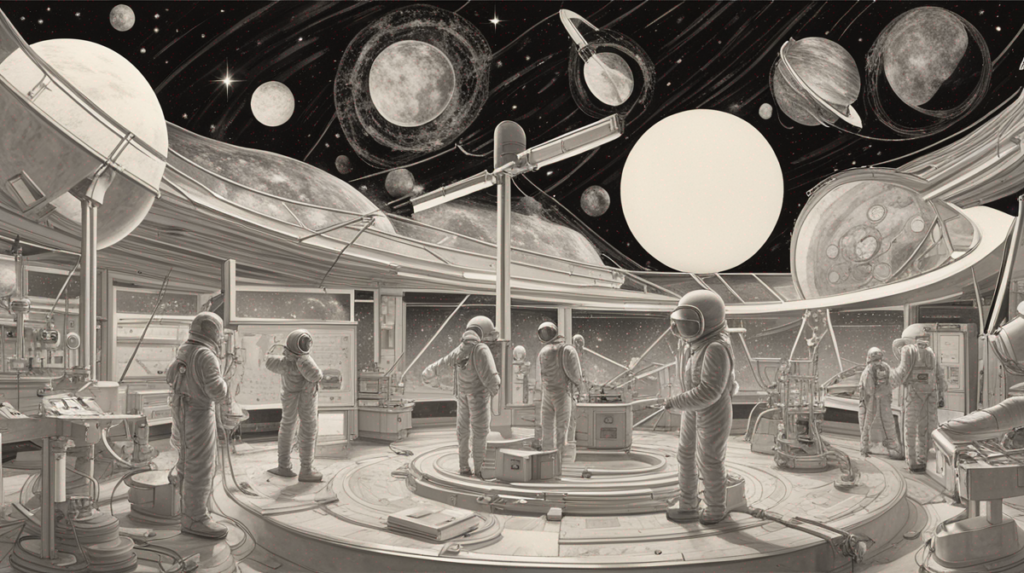A Look at the Great Observatories: The Remarkable Intersection of Space Telescopes and Health
When we think of space telescopes, we usually think of mesmerizing images of distant galaxies and nebulae. But did you know they also have significant implications for our health? This article takes you on a tour of space telescopes, their contributions to science, and exciting discoveries with profound impacts on human health.
The Great Observatories and their Contributions
NASA’s Great Observatories include the Hubble Space Telescope, the Chandra X-ray Observatory, the Spitzer Space Telescope, and the Compton Gamma Ray Observatory. Each is specifically designed to observe the universe in different wavelengths of light, leading to incredible discoveries about our universe.
(Read Also: Space Telescopes: Health Benefits of Gazing into the Cosmos)
The Hubble Space Telescope (HST)
Launched in 1990, the HST has made over 1.3 million observations and led to more than 15,000 scientific papers. It has clarified our understanding of the universe’s age, the existence of dark matter, and the acceleration of the universe’s expansion. Not just that, Hubble helped in the development of technology now used in breast biopsy and cataract surgery.
Chandra X-Ray Observatory
Since its launch in 1999, Chandra’s primary objective has been to detect X-ray emission from extremely hot areas of the Universe. This data helps us understand phenomena like quasars, dark matter, and black holes. Interestingly, the same technology is applied in medical imaging, notably CT Scans and X-rays, providing valuable tools for diagnosing illnesses.
Spitzer Space Telescope
Spitzer improved our knowledge of star formation, galaxy evolution, and the structure of the Milky Way. Not only that, but Spitzer’s technology has also been applied on Earth in the creation of the Thermopile, a ‘smart’ thermometer that reads body temperature accurately and instantly, an essential tool for coronavirus checks.
Compton Gamma Ray Observatory
Operational from 1991-2000, this observatory studied gamma rays, leading to insights about black holes and supernovae. This technology finds applications in radiation therapy for treating cancer.
The Health Impact of Space Observatories
The surprising intersection between space telescopes and health is a result of ‘technological transfer,’ where advancements in one field are adapted for use in another. Space telescopes have helped drive technological advancements that form an integral part of medical diagnosis and treatment today.
Improving Diagnosis and Treatment
Technology used in space telescopes offered improved imaging techniques that help diagnose conditions earlier and with increased accuracy. Techniques to sharpen Hubble’s images found applications in improving mammography for early detection of breast cancer.
Enabling Study of Human Physiology
Observations of astronauts’ health changes in zero gravity have provided valuable insight into a range of health conditions, including osteoporosis and muscle wastage, helping to improve treatments on Earth.
Boosting Mental Health
The stunning images captured by space telescopes have been found to inspire and stimulate mental wellbeing. Awe-inspiring celestial images can encourage a sense of perspective and positivity, aiding mental health.
Conclusion
While space telescopes’ primary function is to deepen our understanding of the universe, it is clear that their impact on Earth – and notably on human health – is significant. The interplay between space exploration and health technology is a testament to human ingenuity—a fascinating reminder that looking to the stars can yield benefits beyond simple scientific knowledge.

